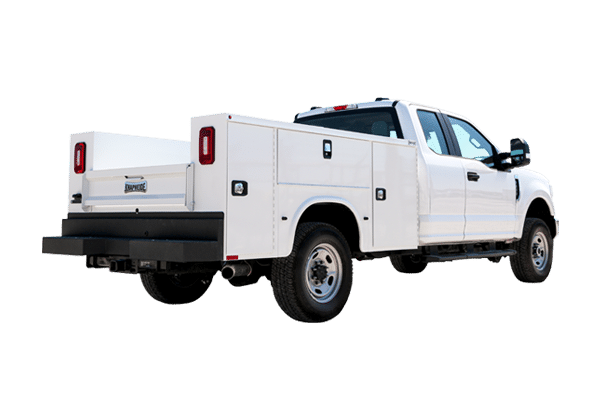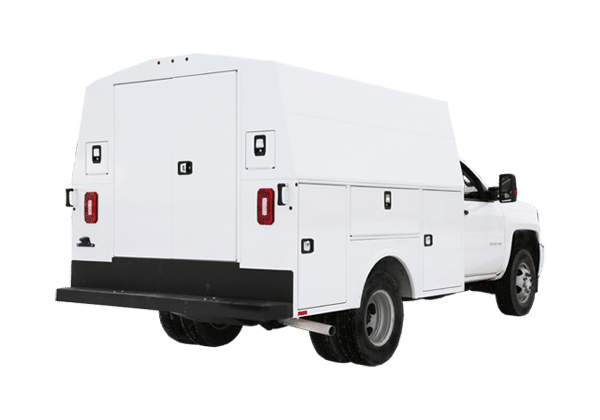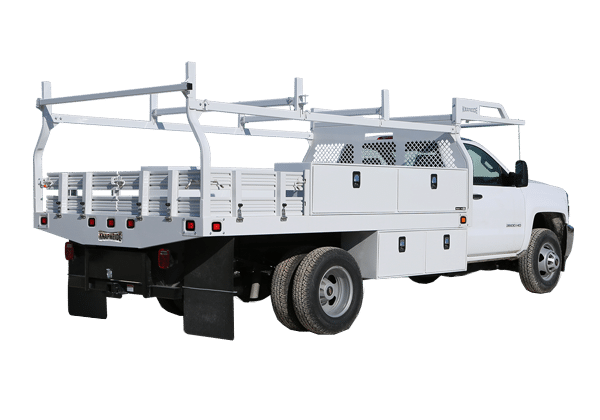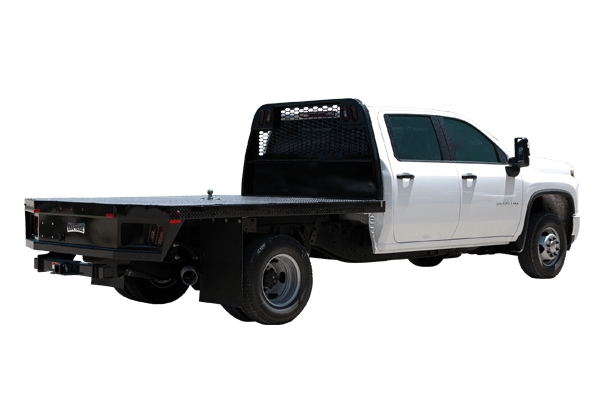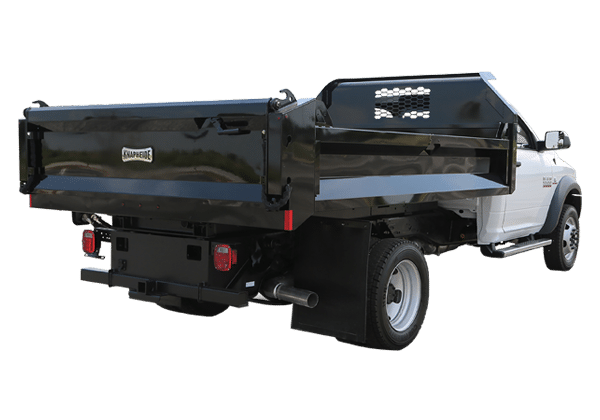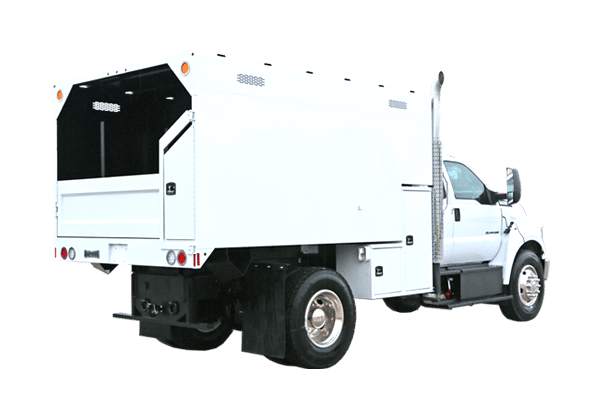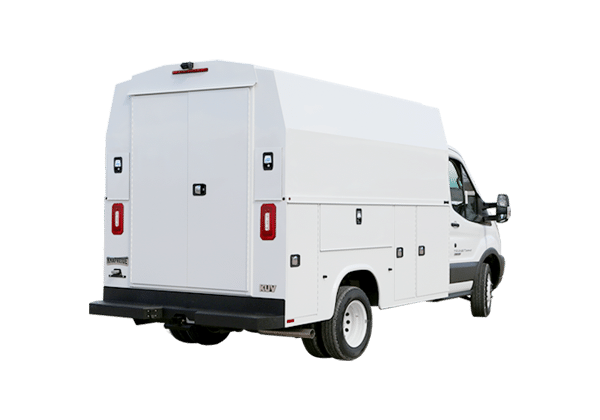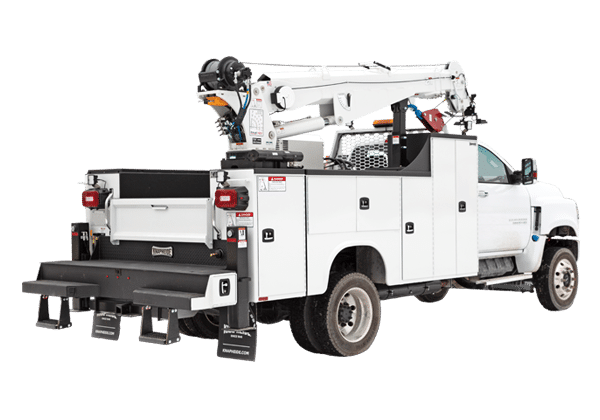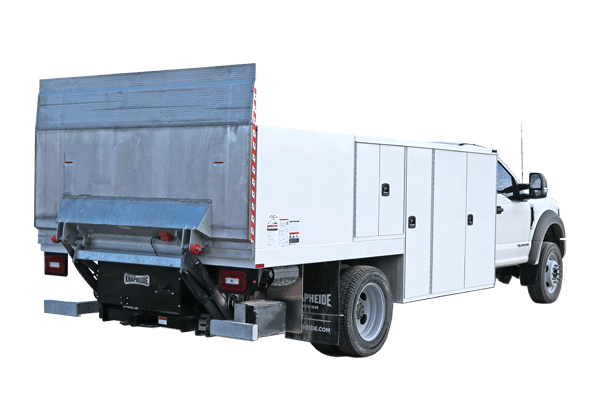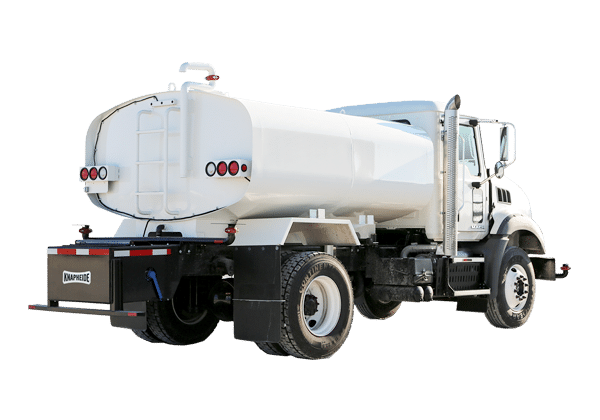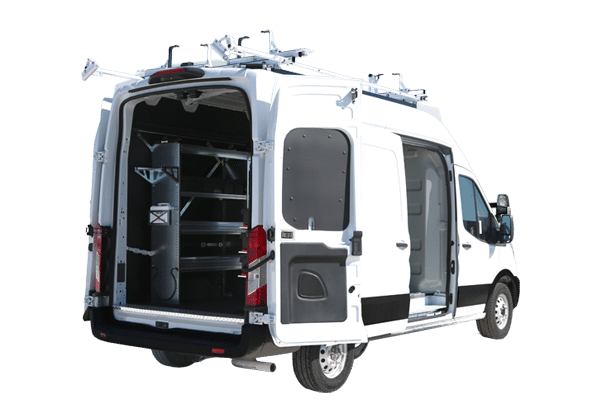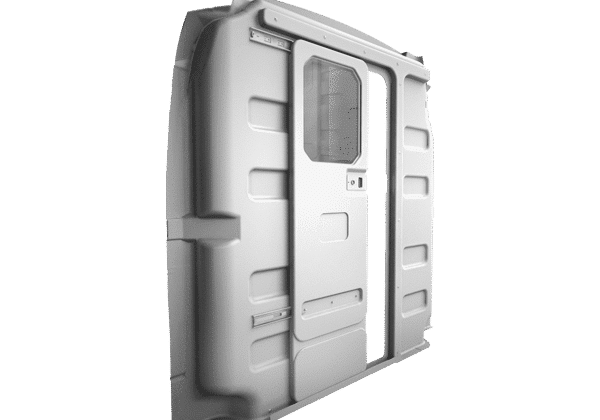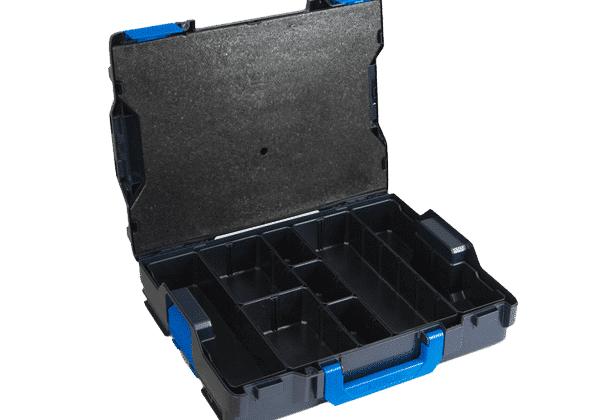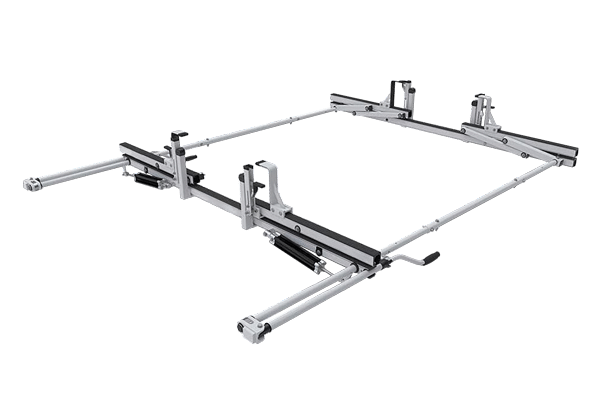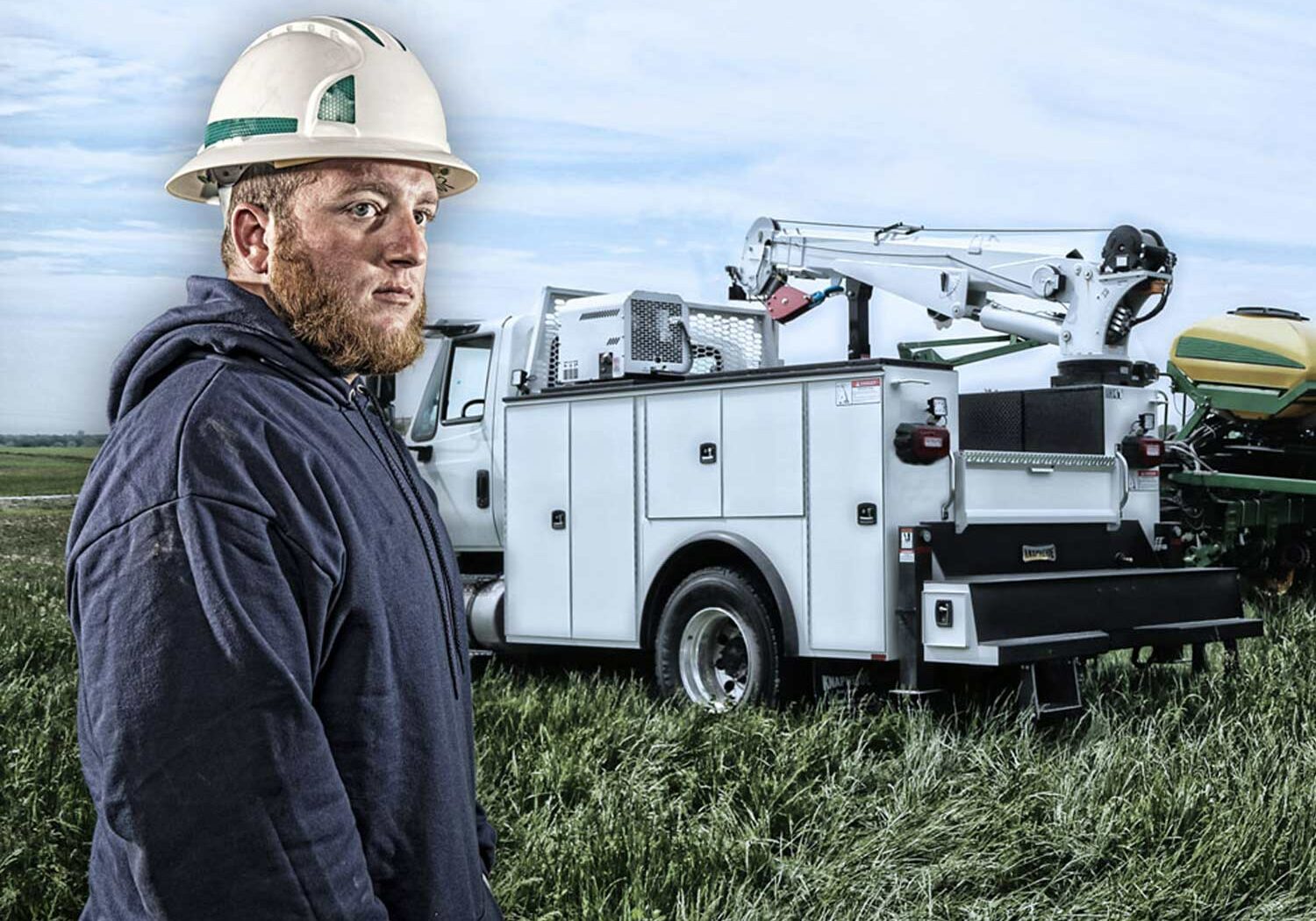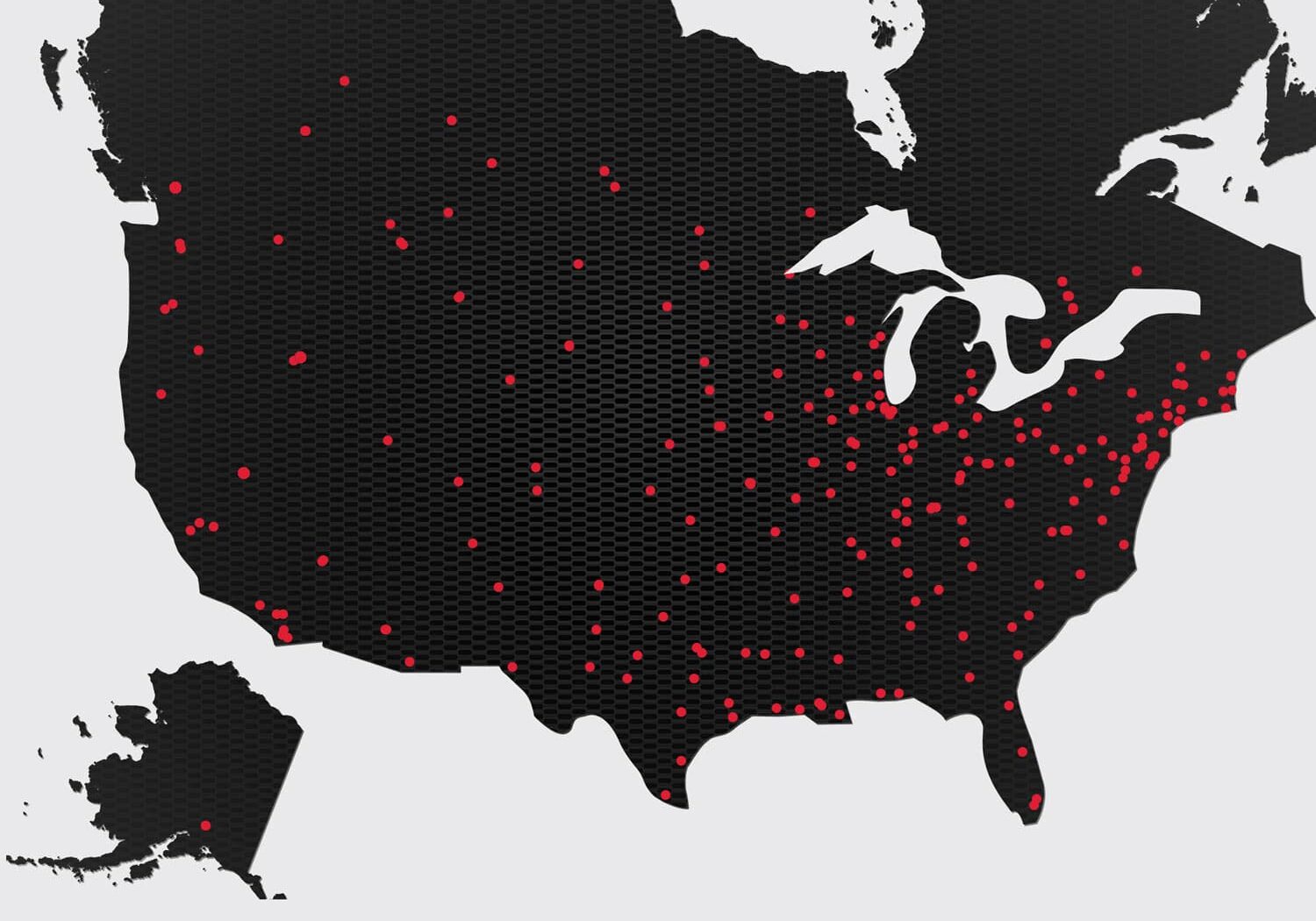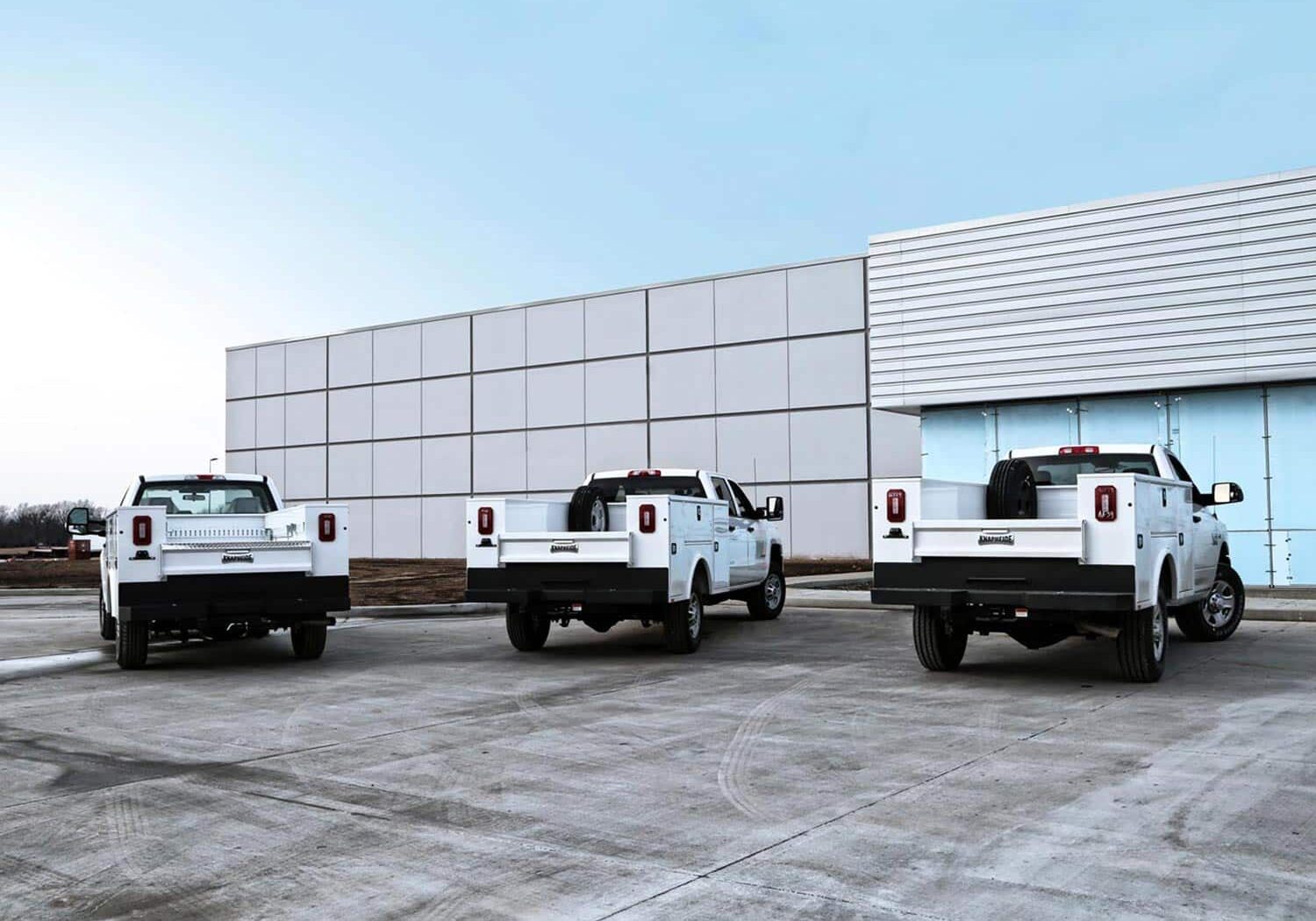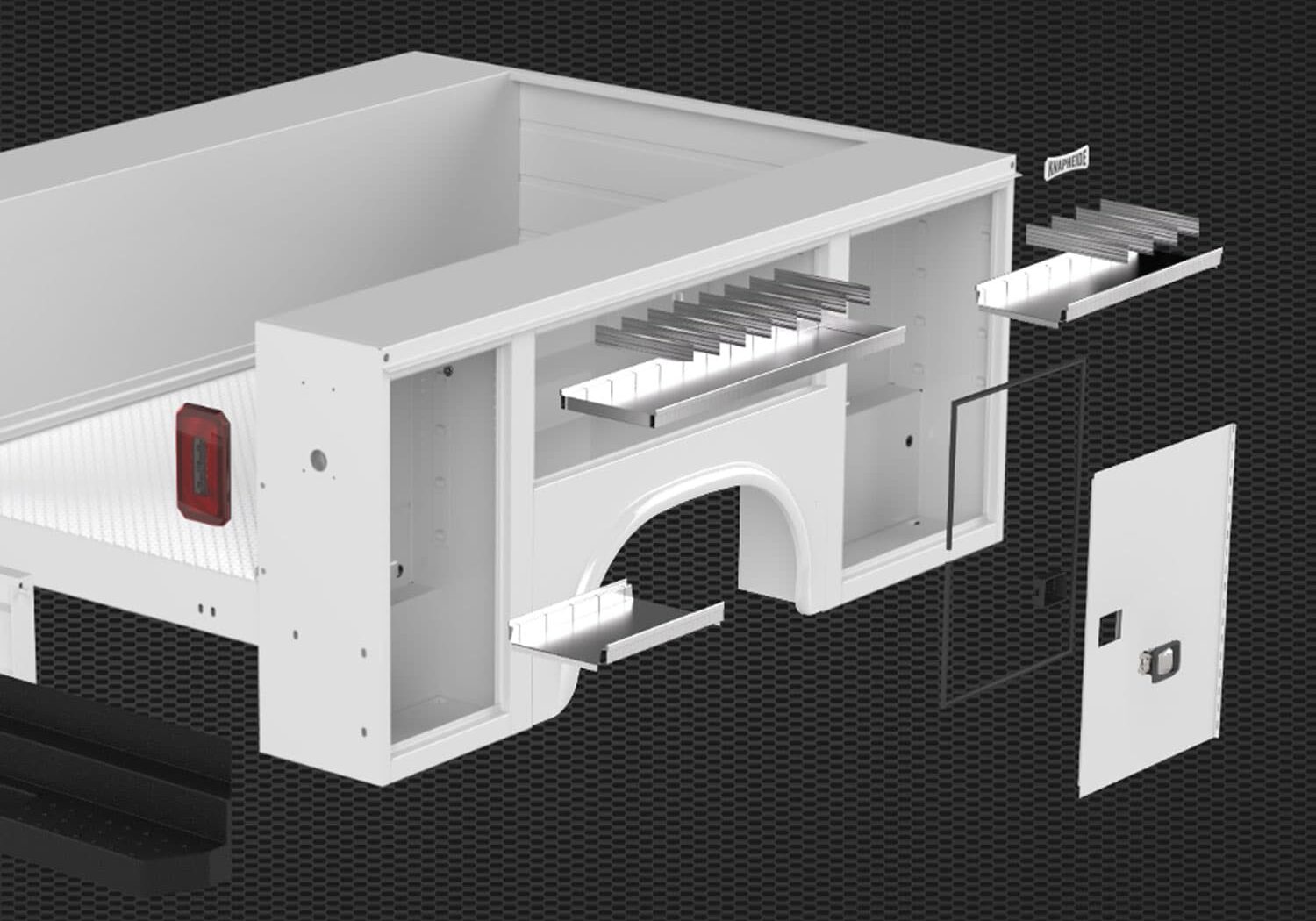Publish Date
October 2, 2023
Social Share

Winter weather will be here before you know it. If you’re caught unprepared, the sub-zero temperatures, snow and ice will wreak havoc on your work vehicle and its systems.
And we know it’s important that, whether your business operates one or one hundred work vehicles, you keep them all up-and-running. So, be proactive this year, and think ahead about what your vehicle(s) will need this winter.
Check out our list below to get started.
BATTERY
No one wants to be left stranded with a dead battery. So, regularly check battery cables to ensure they are securely connected and clean of corrosion. You’ll also want to perform a voltage test ahead of time. If the battery reads at the lower end of its acceptable voltage, consider taking preventative action and replacing it.
TIRES
Snowy and icy roads can be difficult to navigate safely. And worn or improperly inflated tires will only exacerbate the issue, increasing the risk of an accident. Ensure the tires have ample tread, a minimum of 4/32", and are properly inflated. To do so, you’ll need to regularly check your tire pressure, as cold temperatures make air denser, thus reducing the pressure.
And don’t forget the tire chains! This is especially important if your area receives heavy snowfall and ice or you’re travelling to an area that requires them.
WIPER BLADES AND WINDSHIELD WASHER FLUID
It’s paramount, in all seasons, that you’re able to see out your vehicle’s windows, especially the windshield. And when snow, ice, sludge and salt find their way there, will your windshield wipers and washer fluid come through for you or will you be left with a streaky, or still covered, mess?
Before winter arrives, check your windshield wiper blades for cracks or loose rubber. You’ll want to opt for durable blades that will be able to handle the frequent use and heavy weight of wet snow.
The blades aren’t the only thing you’ll need to check though. Take a look under the hood at your washer fluid levels. If you’re low, or only need topped off, make sure the fluid you’re using is rated to withstand the temperatures you’ll have in your area. Otherwise, your fluid may freeze when you need it most, leaving you with low visibility and increased chances of an accident.
ENGINE/OIL HEATERS
When you park overnight and the temperature drops, your engine and oil temperatures do too. If you operate in the north, you may already have an engine/oil heater installed, either as a factory option or as an add-on accessory. Be sure to plug it in a few hours before you need to drive to help your engine start and reduce the stress on your vehicle’s systems.
If you don’t already have an engine/oil heater, but think you might need one or want to learn more, read the Rainbow Muffler & Brake’s post: Engine Block Heaters: What Are They and Do You Need One?
ENGINE OIL
Most common engine oils will perform great during spring, summer and fall. But as temperatures dip, your standard 15W or 10W oil will struggle to properly flow. With fall upon us, consider switching your normal engine oil to 5W (or 0W oil for extreme cold) to ensure your engine is properly lubricated.
FOUR-WHEEL OR ALL-WHEEL DRIVE
For regions that receive heavy snowfall, four-wheel or all-wheel drive is less of a luxury and more of a necessity. After all, you don’t want to be getting stuck on the jobsite, or traveling to and from.
Before snow hits, test your system to ensure the differentials, hubs, bearings and other components are in top-working condition.
PAINT AND FINISH
Today’s work vehicles receive top-notch corrosion protection through their paint and undercoating. This is especially important in the winter, as harmful salts and chemicals are deployed on the roads to melt snow and ice. Eventually, these treatments find their way onto vehicles and expedite corrosion and rust, if not addressed. To keep your vehicle looking its best and structurally sound, regularly wash it, including the undercarriage, to prevent a build-up of salts and chemicals.
COLD WEATHER KIT
A cold weather kit can literally be a lifesaver if you get stuck and cannot get help immediately. In this kit, you should pack a thermal blanket, flashlight with additional batteries, matches, bottled water, jumper cables or a jumper box, windshield scraper and brush, tow straps or chains, roadside flares and a first aid kit.
Maintaining Your Work Vehicle Year-Round
Curious what preventative maintenance you should be doing regularly to keep your work truck or van working hard? Check out our blog post here.

